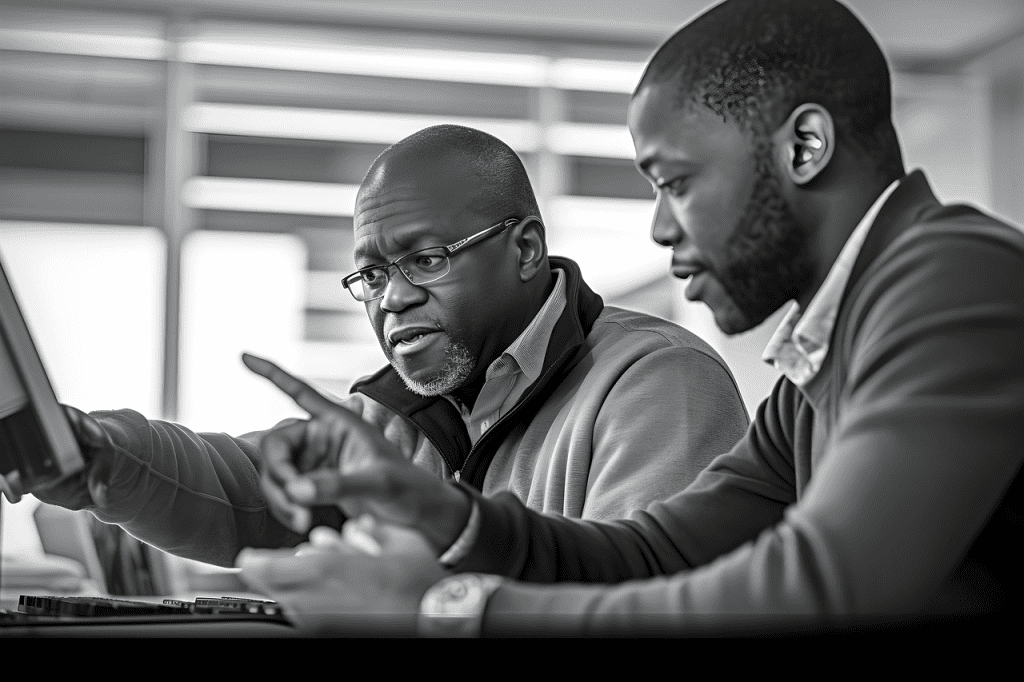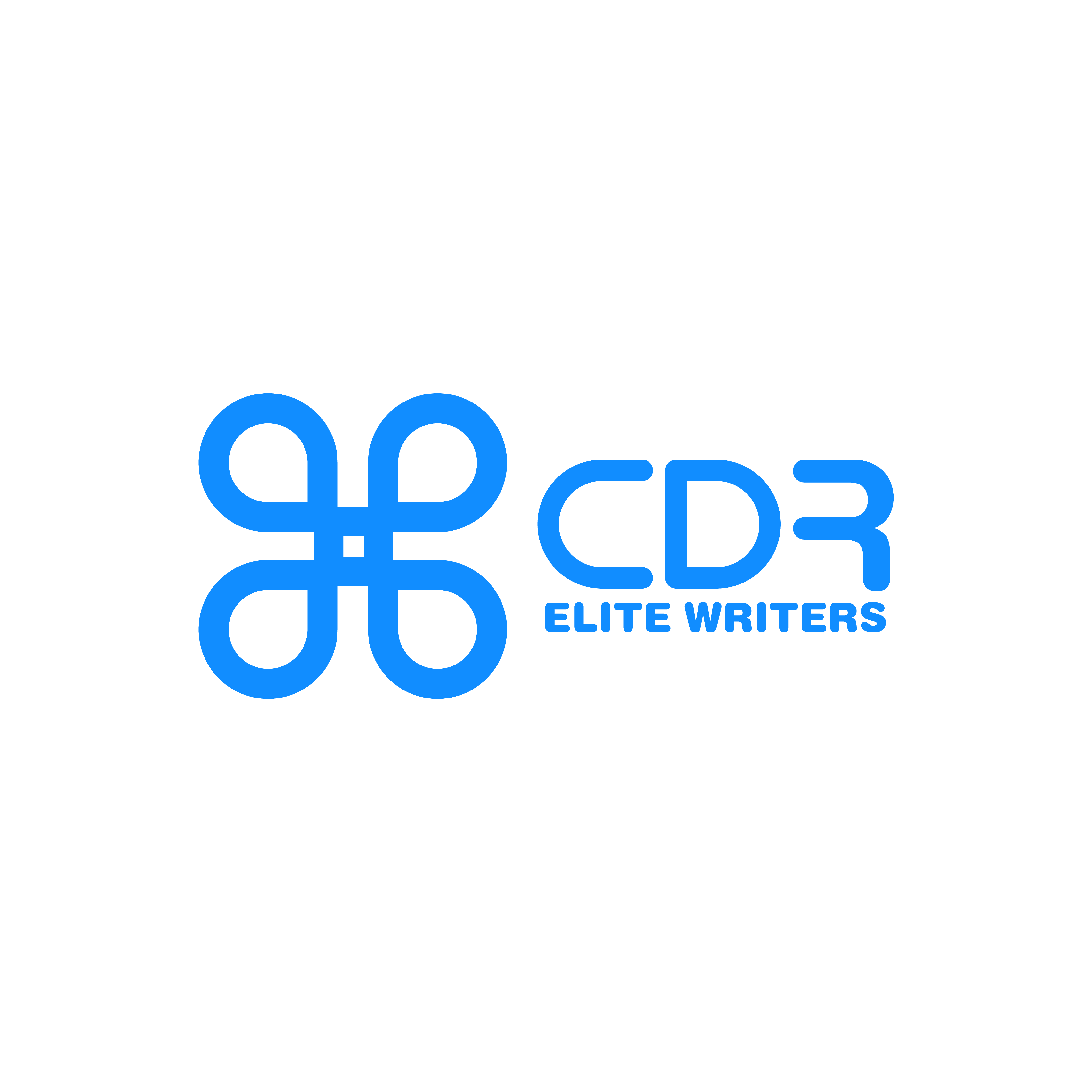
The engineering world is changing at an unprecedented pace. Career advancement strategies that worked five years ago might not be enough in 2025. AI, sustainability requirements, and cross-disciplinary integration have altered the map of our profession.Engineering professional development can feel daunting. Each decision about courses and relationship building affects your career path.
We’ve gathered proven strategies that helped many engineers, including our team, remain competitive.This piece covers seven key professional development strategies for engineers in 2025. You’ll find practical steps to boost your technical expertise, develop leadership skills, and create new opportunities through focused engineering and continuing professional development.
Crafting Your Engineering Identity
A strong engineering identity is essential for our professional growth. Research shows this identity directly connects to staying powerful and successful in our field.
Personal Brand Development
Google search results influence 85% of hiring managers’ decisions. The digital world demands a distinctive personal brand to help you stand out. These elements deserve your focus:
Portfolio website showcasing technical projects
Active presence on professional platforms
Regular contributions to engineering communities
Content that shows your expertise
Leadership Style Development
Engineering leadership approaches have changed substantially. Modern engineering sectors no longer rely on traditional command-and-control methods. Teams now prefer shared leadership styles. Engineering SMEs increasingly adopt transformational and servant leadership approaches. Adaptability and emotional intelligence have become vital success factors in these environments.
Professional Values Alignment
Your professional values must match your work for long-term satisfaction and results. Recent studies reveal that 65% of professionals want to work for organizations that prioritize sustainability. Engineering work should reflect core values while creating meaningful solutions.
Multiple factors shape our engineering identity, including personal values, technical skills, and work experiences. University education and early career experiences show that real-life design projects and industry exposure leave the strongest mark on professional identity.
Active participation in engineering communities and open-source projects strengthens identity and builds valuable connections. This strategy works well because peer connections and real-life applications heavily influence engineering identity development.
Note that engineering identity grows throughout your career. Your foundation for continuous professional development becomes stronger when you build your personal brand, adapt your leadership approach, and match your values with your work.
Mastering Self-Directed Learning
Self-directed learning is the life-blood of successful engineering careers. A newer study, published in 2023 by researchers, shows that both extrinsic motivation (future career development) and intrinsic motivation (interest in learning) are vital to our professional growth.
Creating Personal Learning Objectives
Learning objectives need a strategic approach. Research shows successful engineers evaluate their learning needs and set clear, measurable goals. Here’s what we should do to create our objectives:
Line up goals with career aspirations
Break down objectives into measurable milestones
Focus on both technical and soft skills
Include regular self-evaluation checkpoints
Resource Identification and Curation
Content curation helps learn to work in our field. Studies show that self-directed learners excel at finding and using various learning resources. Here’s a well-laid-out approach to resource management that works:
|
Resource Type |
Purpose |
Implementation |
|---|---|---|
|
Technical Documentation |
Core knowledge |
Daily reference |
|
Industry Journals |
Current trends |
Weekly review |
|
Online Courses |
Skill development |
Monthly planning |
|
Professional Networks |
Practical insights |
Ongoing involvement |
Time Management for Continuous Learning
Time management propels our ongoing development. Research shows that a regular study schedule substantially improves learning outcomes. Successful engineers make learning a priority by:
- Setting specific time blocks for learning activities. This approach helps us stay consistent and better reach our professional development goals. Studies show that breaking down learning into smaller tasks with fixed schedules guides us toward better retention and skill development.
- Spaced repetition techniques and periodic review of learned material optimize our learning efficiency. This method works especially when you have multiple responsibilities as an engineering professional.
These strategies put us in a better position to control our professional development experience. Flexibility combined with structured learning habits makes the difference. Research confirms that engineering students who direct their own learning achieve better outcomes.
Building Mentor Relationships

Mentorship is the life-blood of engineering excellence. Studies reveal that mentored engineers enjoy higher career satisfaction and advance faster professionally.
Finding the Right Mentors
A successful mentorship journey starts with careful selection. Research shows that mentors who line up with our specific career goals create the most effective relationships. The essential criteria to think about when looking for mentors include:
|
Selection Criteria |
Why It Matters |
|---|---|
|
Experience Level |
Has achieved goals as with yours |
|
Communication Style |
Matches your priorities |
|
Industry Knowledge |
Relevant to your career path |
|
Availability |
Committed to regular interactions |
Maximizing Mentorship Benefits
Getting the most from our mentoring relationships requires a well-laid-out approach. Engineers who keep regular meetings with their mentors and take consistent action make substantially more progress in their careers. These benefits come naturally:
Improved problem-solving capabilities through shared experiences
Access to expanded professional networks
Accelerated skill development
Greater confidence in technical decision-making
Becoming a Mentor
Our career advancement opens opportunities to mentor others. Engineering professionals who serve as mentors report higher job satisfaction and better leadership skills. Effective mentoring combines sharing successes and failures with constructive feedback and consistent communication.Mentorship’s value reaches beyond individual connections. Research proves that mentored engineers stay longer with their organizations and work better with peers. Active participation in mentorship programs strengthens the engineering community while propelling our professional development.
The best results come from participating in both formal and informal mentoring relationships. Structured company programs or organic connections with clear expectations and regular check-ins will give productive mentoring partnerships that optimize our engineering continuing professional development.
Developing Cross-Functional Expertise
Cross-functional expertise is a vital differentiator in our engineering careers. Recent studies show employers want engineers with interdisciplinary skills. These skills combine traditional engineering knowledge with IT-related automation, embedded software, and analytical capabilities.
Interdisciplinary Project Experience
We found that problem- and project-based learning paves the way to develop cross-functional expertise. Our experience shows that complex projects with multiple teams help us solve ground challenges better. Research shows successful interdisciplinary cooperation needs shared mental models and trust. We must also stay humble about our discipline.
Business Acumen Development
Financial know-how matters more as we step into project and leadership roles. Here’s how we can develop our business acumen:
|
Business Skill Area |
Development Focus |
|---|---|
|
Financial Analysis |
Understanding financial statements and metrics |
|
Project Economics |
Cost control and ROI assessment |
|
Resource Management |
Asset utilization and operational efficiency |
|
Strategic Planning |
Line up with organizational objectives |
Engineers with strong financial acumen make better decisions by adding financial aspects to their technical solutions. The big picture of financial performance helps us talk more confidently with executives and financial specialists.
Communication Skills Enhancement
Engineers need to explain complex technical information to different audiences. Research shows new graduate engineers don’t meet industry communication standards. We focus on these areas to bridge this gap:
Creating clear and concise messages
Building cross-cultural communication competencies
Improving presentation and documentation skills
Making technical information clear for non-technical audiences
These strategies have improved our ability to lead cross-functional teams and welcome innovation. Studies confirm that engineers with both technical expertise and strong communication skills advance faster in their careers. Our experience in interdisciplinary projects shows that success needs more than technical knowledge. We must know how to cooperate effectively across different functional areas.
Creating Engineering Professional Development Opportunities
Your success as an engineer depends on how you create and grab chances to move ahead. Engineers who take charge of their growth are more likely to reach their career goals.
Strategic Networking
Good networking means more than just collecting business cards. Strong professional bonds with clients and colleagues can affect your career growth a lot. Here’s how you should plan your networking:
|
Networking Channel |
Purpose |
Frequency |
|---|---|---|
|
Industry Events |
Knowledge sharing & connections |
Monthly |
|
Professional Associations |
Career development & learning |
Quarterly |
|
Online Communities |
Continuous engagement |
Weekly |
|
Peer Networks |
Collaborative learning |
Ongoing |
Engineers can benefit greatly by connecting with professionals who have made successful career moves. Reading trade journals and attending industry events create valuable networking opportunities.
Visibility Building
You need a planned effort to build professional visibility. Successful engineers keep track of their achievements and system improvements. Here’s what you can do to stand out:
Share technical insights through industry platforms
Particip in cross-departmental projects
Keep records of project wins and lessons learned
Stay in touch with stakeholders regularly
We found that keeping a “brag document” to track accomplishments works well. This helps during performance reviews and gives you a clear record of your contributions and growth.
Professional Portfolio Development
A strong engineering portfolio makes you stand out from other candidates. Your portfolio should highlight projects that show your problem-solving skills and technical expertise. Make sure to include:
Project summaries with clear objectives
Process documentation and solutions implemented
Visual evidence of completed work
Measurable results and impact
Starting your portfolio early in your career makes things easier. Document your projects right after completion, and add photos while everything is fresh in your mind.
Your portfolio needs regular updates with new achievements. You should customize it based on specific opportunities. This approach helps you apply for jobs that match your career goals.
These strategies create a solid foundation for moving up in your career. Engineers who keep active professional relationships and track their achievements get more growth opportunities. Strategic networking, planned visibility building, and a complete portfolio will help improve your professional growth experience.
Engineer CPD Writing

Continuous Professional Development (CPD) is an essential component for engineers looking to demonstrate their commitment to lifelong learning and professional growth. Engineers Australia requires CPD as part of the competency demonstration report (CDR) to assess skills, knowledge, and ongoing commitment to the engineering profession. This section outlines a few steps to effectively write your CPD after acquiring the necessary skills and experiences.
Step 1: Understand the Purpose of CPD
Engineers Australia’s CPD is a record of all professional learning activities that contribute to maintaining and improving your technical knowledge, skills, and competencies. These activities demonstrate that you are staying current with industry trends, technological advancements, and best practices.
Step 2: Identify Relevant CPD Activities
Your CPD should reflect activities that enhance your engineering knowledge and abilities. These activities can include:
Formal Education: Short courses, workshops, or online certifications related to your field.
Work-Based Learning: On-the-job training, mentorship programs, or challenging projects.
Conferences and Seminars: Attendance or participation in industry events.
Self-Directed Learning: Reading technical journals, research papers, or engaging in online forums.
Volunteer Work: Pro bono engineering projects or participation in community-based technical initiatives.
When selecting activities, prioritize those that align with Engineers Australia’s competency standards.
Step 3: Structure Your CPD Record
Engineers Australia requires a concise and clear CPD format. A typical CPD record should include:
Date: Specify when the activity took place.
Type of Activity: Describe the category (e.g., workshop, seminar, or self-directed learning).
Title and Description: Provide the name and a brief explanation of the activity.
Duration: Indicate the number of hours spent on the activity.
Learning Outcomes: Highlight what you gained from the activity and how it applies to your professional practice.
Use a table format for clarity and ensure that the total hours meet Engineers Australia’s CPD requirements.
step 4: Highlight Key Learnings
Focus on articulating how each activity has contributed to your professional development. For example:
How has the activity enhanced your technical skills?
Did you learn new tools, methodologies, or techniques?
How have you applied these learnings to your work?
Clear, concise, and result-oriented explanations make your CPD record stand out.
Step 5: Align with Engineers Australia’s Guidelines
Engineers Australia has specific expectations for CPD documentation. Ensure your record adheres to these guidelines:
Be truthful and accurate. Avoid exaggeration or including unrelated activities.
Maintain a professional tone throughout.
Keep your CPD updated, reflecting your most recent activities.
Using Engineers Australia’s CPD template is highly recommended to ensure compliance.
Step 6: Proofread and Revise
A well-written CPD should be free of grammatical errors, typos, and inconsistencies. After drafting your CPD:
Review it for accuracy and clarity.
Seek feedback from a mentor or professional engineer.
Ensure it reflects a logical progression of your professional development.
Conclusion
Engineers need careful planning and steady dedication to grow professionally. A strong engineering identity, self-directed learning, and meaningful relationships with mentors build a solid foundation that accelerates career growth. Knowing how to develop cross-functional skills, keep professional networks active, and document achievements opens doors to advancement opportunities. Engineers who accept these development strategies achieve better career outcomes and add more value to their organizations.
Professional development is an ongoing trip, not a destination. Every step we take to improve our skills, grow our network, and build our engineering identity brings us closer to our career goals. These Professional Development Strategies for 2025 can shape our engineering future and create meaningful effects in our field when we start using them today.



